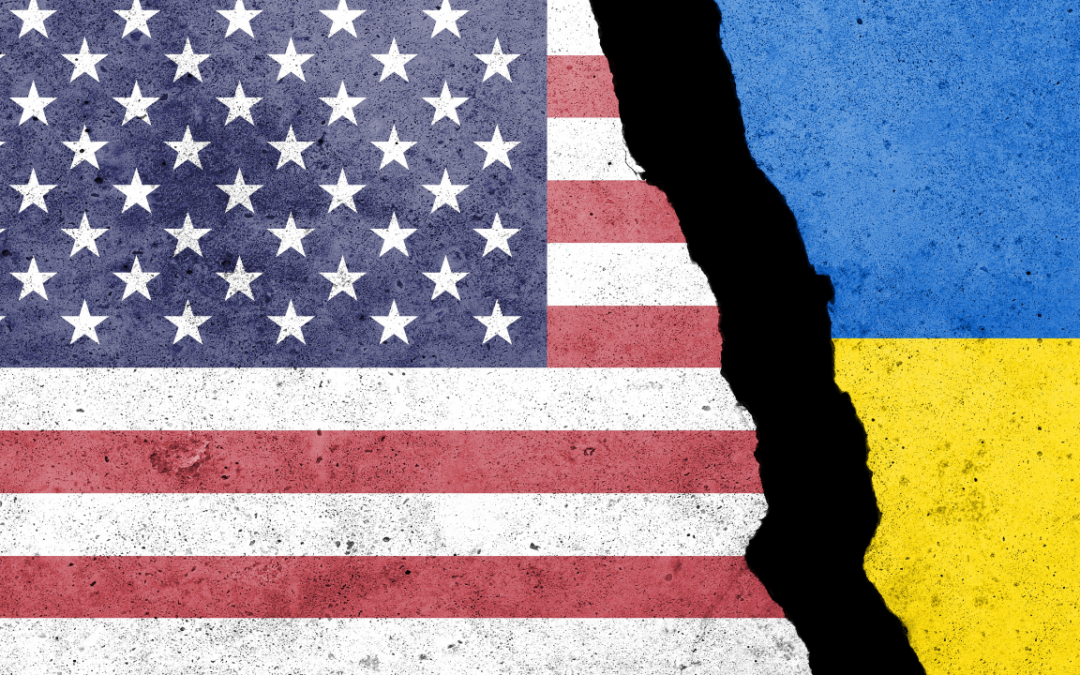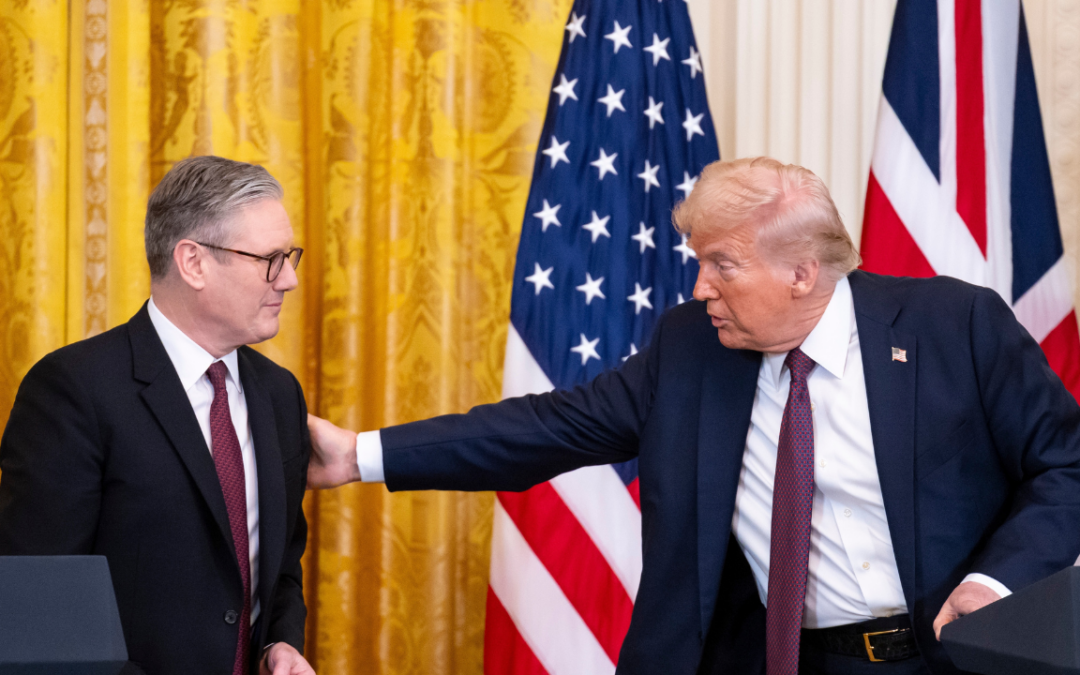The Federal Reserve is the nation’s chief economic doctor. Its job is to diagnose problems in our economy and then to treat the patient. Critically, this requires differentiating between symptoms and underlying causes.
In the case of US inflation, there is a growing risk that the policy ‘doctors’ are preparing to prescribe a common remedy based on symptoms, not proper diagnosis. That error may not be fatal, but it will cause unnecessary harm to the economy.
Specifically, accelerating price and wage inflation are symptoms of an economic malady. But before the potentially harsh treatment of aggressive monetary policy tightening is applied, it is prudent to first diagnose the underlying causes of inflation.
Conventional wisdom points to ‘too much money chasing too few goods’, the age-old adage about what causes inflation. To be sure, persistent inflation is, as Milton Friedman put it, always and everywhere a monetary phenomenon. Against the backdrop of historically low interest rates and never-before-seen expansions of central bank balance sheets, it is easy to conclude that surging US consumer price and wage inflation has been unleashed by excessive monetary easing and that the remedy must therefore be concerted monetary tightening.
Sometimes, the conventional wisdom is unwise. This is one of those times.
Consider this simple question: What changed to suddenly make monetary policy so effective? After all, central banks worldwide have been pressing firmly on the monetary accelerator for a dozen years (longer in the case of the Bank of Japan) without lifting inflation an iota. Suddenly, inflation is running hot. So, what happened in the last year to transform central banks from monetary weaklings into monetary studs?
Obviously, one big thing changed: Covid-19. And the closer we look, the more we discover that factors related to the pandemic have contributed far more to the ongoing acceleration of inflation than actions of central banks. Critically, those same factors are now reversing, suggesting that even without tighter monetary policies, inflation is likely to decline of its own accord. Accordingly, aggressive interest rate hikes could be a harmful remedy, one based on a misdiagnosis of the problem.
Recall that the pandemic led to collapses in both aggregate demand and aggregate supply. But those shifts were not equal. At the onset of the pandemic in the spring and summer of 2020, demand fell further than supply. We know that because as output collapsed, prices (and inflation) fell. If the pandemic and lockdowns had primarily been about falling supply, shortages would have led to price increases. The fact that prices initially fell is clear evidence of insufficient demand.
The nadir of the recession was the third quarter of 2020. After that—slowly at first and then more rapidly—the economy began to rebound. Massive fiscal stimulus under presidents Trump and Biden were big parts of the demand recovery. So, too, was learning to live with the virus, particularly after vaccines arrived. That enabled households to shop again. The personal savings rate, which had sky-rocketed during the pandemic, fell almost as fast, as consumers resumed doing what they do best – spending.
But the consumer spending was not the same as before the pandemic. Dining out, travel, and personal care services lagged, given greater risks of contagion associated with such gatherings. Instead, spending on goods soared, including online. Little wonder then, that goods’ inflation jumped most.
Meanwhile, supply began to recover, but more slowly than demand. Many workers were reticent to return to their old jobs. Indeed, although US GDP is now back to pre-pandemic levels, employment is not. Over 3 million former jobs remain unfilled. Some workers have opted out of the labor force altogether. In many cases, however, they have left low paying, higher Covid-risk jobs, such as food services or transportation. Difficulties finding workers have led to higher wages, as businesses have tried to entice former employees back.
Thus far, monetary policy is nowhere in the diagnosis. That is surely incorrect. The Federal Reserve provided considerable reassurance and support for the recovery. Loan guarantees prevented a collapse of credit markets. Increases in money supply satisfied surging demand for money in the worst moments of the pandemic. And monetary easing enabled financial markets to regain their footing after their big sell offs in March 2020.
But in other ways, monetary policy continued to push on a decade-long string. Consumer and business borrowing didn’t surge during the recovery from the pandemic, which one would expect if easy money were today stoking demand and overheating the economy. Total commercial and industrial loans, for example, are barely higher in nominal terms today compared to two years ago.
What, then, is the proper diagnosis?
First, over the two-year history of the pandemic, shifts in demand have been greater than shifts in supply. Initially, that meant falling prices, more recently it has meant surging prices.
Second, total output has been restored in the economy, but supply—in particular, labor supply—has not fully recovered. If it had, wage and prices pressures would not be as acute.
Third, today’s surge in prices and wages reflects a massive—but one-time—shift in demand relative to supply. Yet, as we shall see below, in all probability, demand will slow of its own accord. It is a misdiagnosis to confuse a one-off rise in the price level for ongoing price increases, aka inflation.
One clear policy conclusion emerges, but it is not the one on everyone’s lips. Public policy should be directed at boosting supply, above all labor supply.
Remedies could include opening schools (where they are still closed), funding childcare (to enable parents—above all, mothers—to return to work) and boosting vaccination rates (to make workplaces safer). Improvements in infrastructure, while longer-term in nature, could also help unlock transportation and distribution bottlenecks.
But the diagnosis of inflation does not stop there. It is also important to consider how the ‘patient’—the economy—will perform in 2022.
On the demand side, spending is likely to slow without the restraint of tighter monetary policy.
As regards consumption, savings rates are back to pre-pandemic levels. While savings could fall further, there is little reason to believe it will. Household uncertainty and dissatisfaction levels, as measured by surveys, are high. Instead, after their 2021 spurt, consumer outlays are likely to slow to trend, in line with gains in household income.
Nor is a surge in capital expenditures likely. Corporate profits are already high, not rising, and apt to level off or even decline. Uncertainty in many forms is also a restraining force in the boardroom.
Exports will remain moribund. The dollar has recently strengthened, and economic conditions of major trading partners aren’t robust enough to warrant export optimism.
Most important, however, is fiscal drag. The massive government outlays and transfers of 2020-2021 are a thing of the past. In GDP growth accounting, the absence of a positive becomes a negative. According to the Brookings Institution, fiscal policy will sap a percentage point or so from GDP growth this year and next.
In short, demand is set to slow before the Fed pulls the first trigger.
Slowing growth will moderate price and wage pressures. But inflation is also likely to slow of its own accord. Base effects have boosted year-on-year inflation rates—they will fade in the coming months. Global supply chains are reopening. And, crucially, both market- and survey-based measures of inflation expectations suggest that today’s price and wage gains are not changing long-term expectations of inflation. Inflation can beget inflation, but the evidence does not suggest that is happening today.
Meanwhile, on Wall Street the pundits are dueling to see who can forecast the most Fed rate hikes. Hyperbole is a disease of financial punditry, but it has reached its own epidemic levels in lower Manhattan.
What analysts fail to appreciate is that persistent inflation requires persistent excess aggregate demand. That’s doubtful. Private sector demand, having surged, will slow. Fiscal policy is turning from a huge tailwind into a modest headwind. And monetary policy remains ineffectual at boosting borrowing and spending. Instead of persistent inflation, we are more likely experiencing a one-time shift in the price level.
Proper diagnosis needs to prevail, otherwise we, the collective patient, will not thrive. Prudence suggests a modest tightening of monetary policy is warranted. After all, the economy has recovered sufficiently from its pandemic collapse. But today’s inflation is unlikely to be persistent. Nor is it mostly a monetary phenomenon.
Let’s hope the Fed has made the right diagnosis and ignores the echo-chamber of alarm coming from Wall Street.



